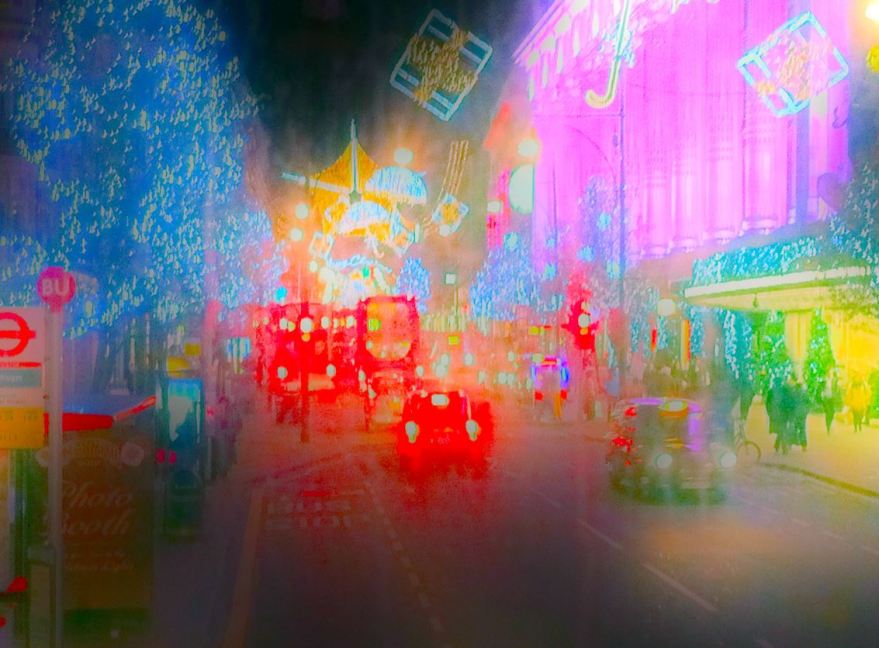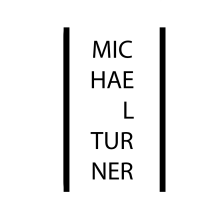After the fact:
That was quite a week. It started with cutting out a studio opportunity to give me some breathing space for drafting the Oral Presentation. Next, the task looked identical to the previous Oral – the wording was the same, and all that had changed was a shift in my practice. We had that resolved by the Tuesday pm, with a letter of clarification and an update to the task description. So two and a half days leftover which we were to create a bright shining new presentation.
I learn that the experience comes around once a module or twice a module if we count draft and final versions
I was on the bounce from a previous experience, which was tainted with shooting away in remote areas of Scotland. The transfer to mobile was quite sudden and unplanned (not my fault/nothing I could be but buckle down). The technology went horribly wrong. Nasty, nasty nasty. Do I want to remind myself? No. It is in the past. However, it has stayed with me and affected my approach to these Oral Presentations. In a sense, this task had become a first time experience, learning new tools on a new platform. Last time I created the whole piece, the day beforehand in – I never planned to do this but being horribly constrained, it happened that way. So this time, even the reduction of timeframe to two and a half days was a luxury.
Being the visual type, I was now really pleased to be able to collate photographs with ease. Before, every click had been painful. Next was the changeover of platform and software tools. Even what tools should I use? This I would have answered the last module, and this is why I reckon it felt like starting over, instead of building on past experience.
I had favourite methods but was not able to use them last time (mobility issue) or even this time (change of platform). A wilderness or a stage for experimentation? Rather than dawdle, it was a case of make a decision. I went native with the supplied software, the wrong software. It was a great way of working that at last, I seemed to be enjoying. A quick test demonstrated the file should translate.
So yes I overdid the bells and whistles through unwittingly selecting a theme with too many visual elements available and that I also used. Too much for typical Photographic taste. Post review that was quickly rectified. I should have known better by now and yes I keep seeing others sites with the most minimalistic appearance designed to make the photographs sing, or something like that.
A significant part of the exercise was presented in the presence of time pressure. Now the Oral creation involves a narrative and photo narrative, but it also consists of a production task. With time for just one run through, how was this going to succeed? How do you aim and achieve a specific file size limit and speaking duration? These metrics are critical in the context of the task set.
In came a quick piece of creative thinking. Put the main punch of the presentation, the bit/content that had to be there, put it at the beginning. Then follow with the supporting development of photographic practice. I was only a few minutes over, and an edit sorted that. A massive PDF saved to a smaller size, a fraction of that allowed. At once relief but also there was some scepticism over resolution. I accepted the comfort and whether turning a blind eye or not, was happy at the superficial level that individual pixels didn’t show. This is part I deem to be the production task. Given to an expert to work on, they’d size and check and do the technical posting. As an all in one mission, that experience has to be gained.
When it came to the actual timed review, the disconnect in the timeline was noticeable – my ruse had been discovered. Post review I’ve got time to swap back into time order. It’s easy enough to change the time order – simply swipe up or down a list of slides. However, it’s a more significant task to do than that. With alterations resulting from the review, the timings and file sizes alter, and the job has to be resized to take on board all of the changes.
In reality, and I kind of knew this from extensive experience, it’s a case of allowing time to do the Oral draft task twice with multiple practices runs being necessary to meet timing and size constraints. I must go back to completely finish that off. I’ve been somewhat distracted by my photographic reading – I went back to Susan Sontag On Camera and dived into Fashion Photography and Kinship lifestyle magazine from past and current research recommendations.
I was pleased to have gotten together a consistent look to my images and will ditch those horrible default frames that add nothing. I faltered in delivery on basically checking whether there was time left to fit in the full slide deck which marginally there was. The practice is necessary. Having time to practice is also required.
I thoroughly enjoyed the task, even if left to last in order (the creeping pressure that lasted the whole session) and heightened time pressure due to starting late. Others presentations and reviews gnawed into the available time. It was a great relief getting through it, and then as a bonus, there was clear and purposeful advice I’m able to work with.
I’ll crack on with that.
On the subject of potentially compromised image resolution, there is something to add – I certainly worried about it and was picked up on it last time. PDF file size reduction works but can be visible. For this course, a piece of work was done by the University by the software training department. I tried it out during late summer. What it means is InDesign if available, can be set up to use full resolution images and the reduction can be made there. I was shown the method called save to an interactive PDF. Small file size with uncompromised image resolution.
As I have not used any visuals here so far, I will post the updated draft when I’ve got it in order, I’ll include one photograph from my non-DSLR digital processing era. From this, a lot of my later abstract image references developed. It is a really dirty image, designed to grab attention and was photographed on a cold December night in London’s Oxford Street and taken through the misted upper deck window of a London bus.

